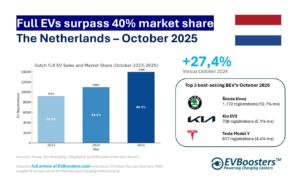The value chain model serves as a strategic framework for analyzing profit pools in the automotive industry and provides valuable insights into potential future developments. Beyond its academic methodology, this representation offers a fresh perspective on profit generation and multiple life cycles, paving the way for a paradigm shift in the industry.
By adopting this new thinking, industry players are encouraged to embrace change and secure their position in the rapidly evolving mobility sector. The report highlights the importance of understanding the automotive mobility value chain of the future and maps out the core rationale for each component within it.
One key aspect of the value chain is vehicle sourcing, which determines the future profit potential. The report discusses the role of new cars, with original equipment manufacturers (OEMs) being a dominant source, and emphasizes the increasing relevance of used cars as they align with emerging forms of mobility.
Furthermore, the report delves into the provision of vehicles to end customers and the emergence of new business models such as car sharing and vehicle subscriptions. It highlights the significance of financial services, offering leasing and credit options, as well as vehicle-on-demand and mobility-on-demand services catering to different usage patterns.
The value chain model also addresses in-life services, including usage-based, vehicle-based, and infrastructure services, which enhance the overall customer experience and satisfaction. Additionally, the report underscores the importance of end-of-cycle services, commonly known as the “4 R’s”: re-use, re-furbish, re-market, and re-cycle, which are crucial in optimizing asset utilization and resource sustainability, particularly with the transition to electric vehicles (EVs).
The report concludes by emphasizing the immense opportunities available to automotive mobility providers by capitalizing on the diverse profit pools within the value chain. However, it also acknowledges the challenges of adapting to this new perspective and the need for companies to manage internal transformations while addressing macro shifts such as environmental regulations, urban trends, and demographic changes.
As the automotive industry continues to evolve at an accelerated pace, understanding and embracing the automotive mobility value chain is poised to be a critical factor in securing long-term success and driving sustainable mobility transformations.







